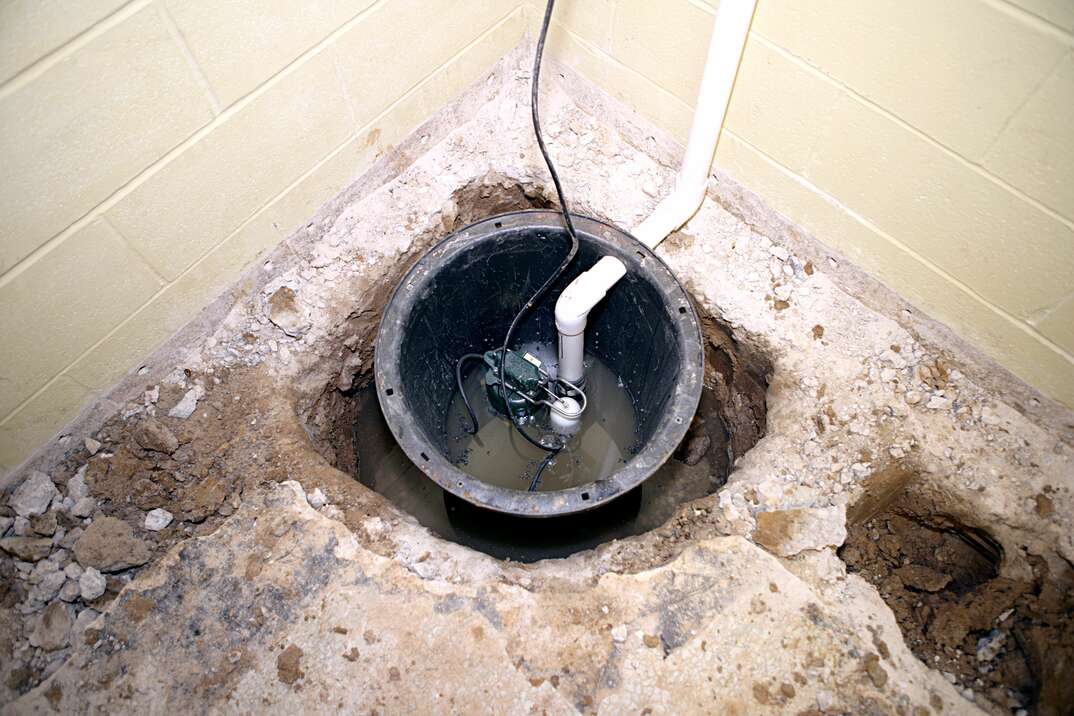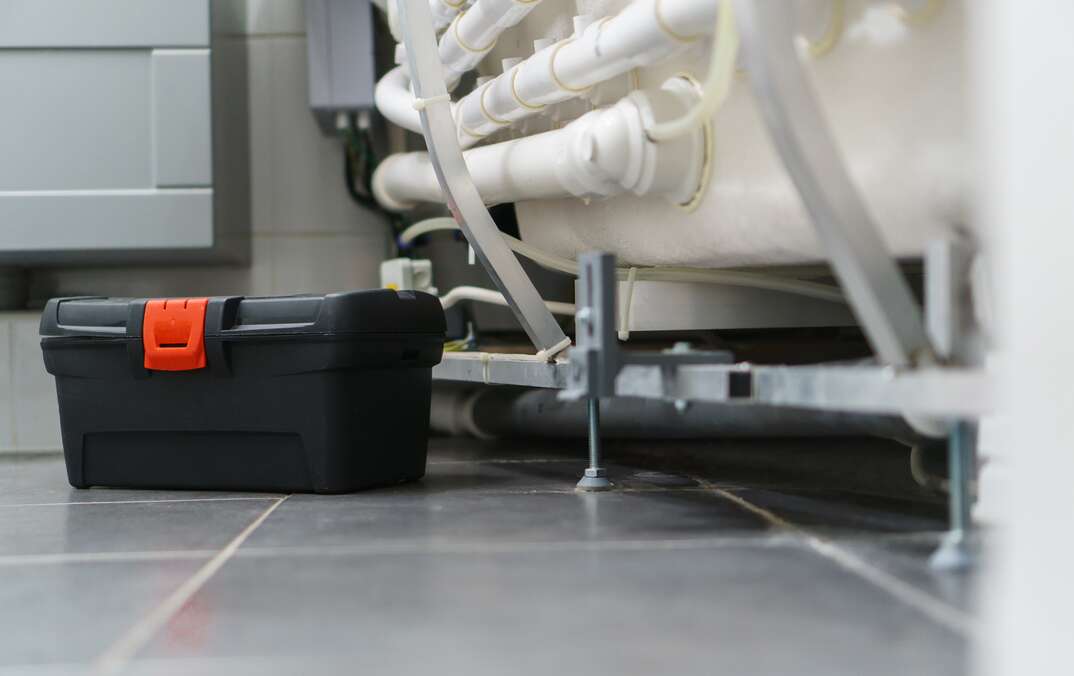4 Ways to Unclog a Bathtub Drain
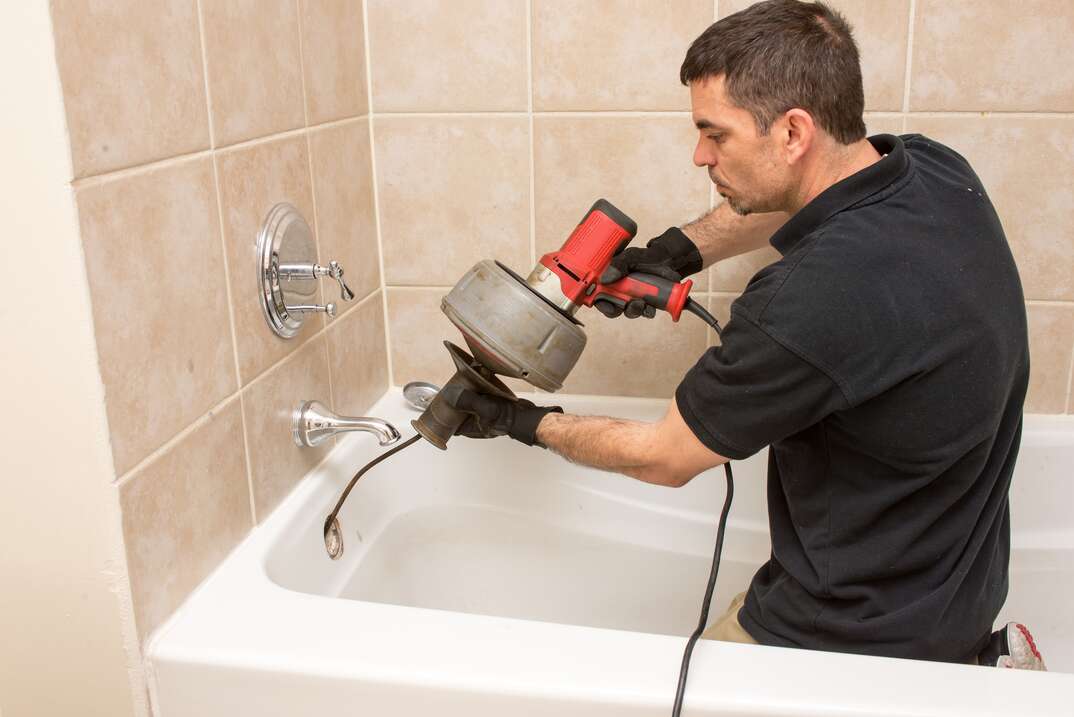
One of the most common household drains that routinely gets clogged is the one in your bathtub. There are several ways you can go about unclogging a bathtub drain or fixing a slow-draining tub, depending on how bad it is. Using standard methods like a chemical drain cleaner might not be the best option for your pipes or the environment.
This May Also Interest You: How to Remove a Bathtub Drain
Clogged drains also cause unwanted smells. You take a shower or bath to get clean, so dirt and grime go down the drain. When a clog develops in your pipes, it traps dirt, hair, soap scum and odor-causing bacteria. If you notice a musty or sulfur-like smell in your bathroom, there may be a clog in your drain.
Luckily, we have the fix. Read on to learn some methods of unclogging your bathtub drain.
How Do Bathtub Drains Become Clogged?
Bathtubs get clogged for a variety of reasons. According to Loren Bottem, a plumbing manager for Genz-Ryan, the No. 1 culprit is often hair. As hair goes down the drain, it gets stuck in pipes and builds up, causing a clog. Other things that can contribute to clogs are soap scum, dirt and even mineral buildup from hard water. One way to prevent clogs is by using a strainer in tubs and showers to catch hair and help prevent the primary source of clogs.
Should You Use Drain Cleaner?
You should avoid store-bought drain cleaners because the chemicals are very harsh on your pipes. They’re formulated to eat through clogs rather than dislodge them, so those cleaners do essentially the same thing to your pipes. When used regularly, chemical drain cleaners can slowly eat away at your plumbing, causing holes to develop in pipes that can turn into a pricey repair.
If you happen to miss the drain itself when using these chemicals, they can also cause damage to your tub and fixtures. That's not to mention that these chemicals can be very irritating to the skin, and most people fail to take proper precautions like wearing gloves or eye protection.
It's not surprising that these drain cleaners are not safe for the water supply, either. It’s not uncommon for water from septic tanks to seep into groundwater, which means these harsh chemicals can directly impact plants and wildlife. Plus, it introduces these chemicals to the bodies many communities source their water from, posing health risks for those who consume it.
4 Methods to Unclog Bathtub Drains
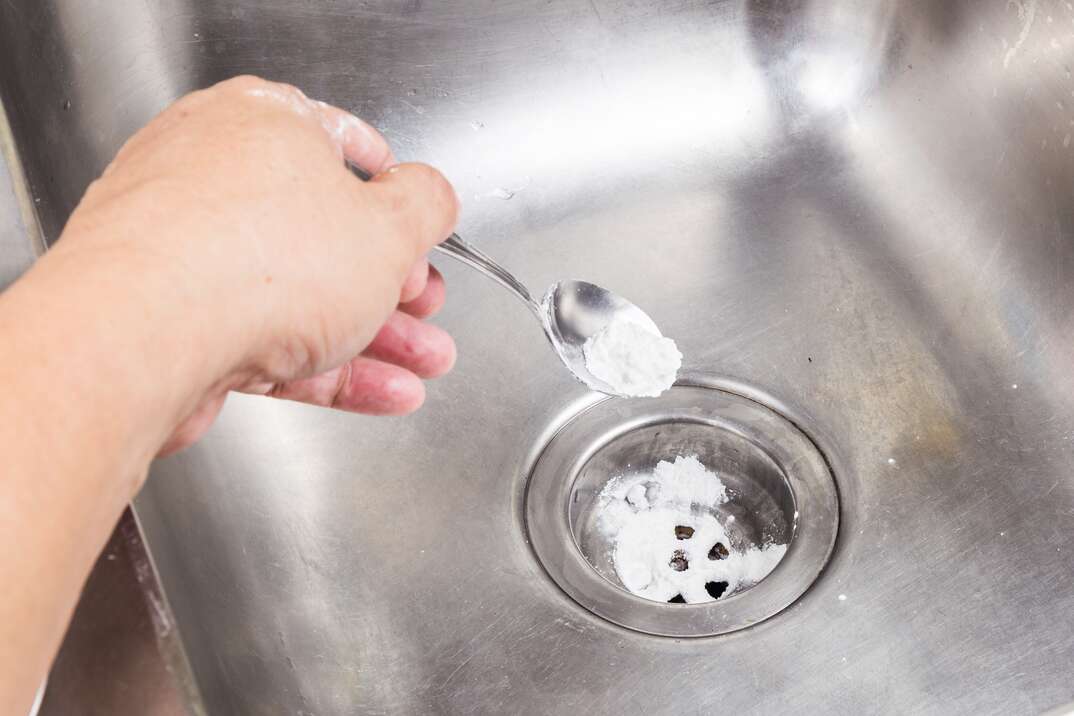
1. Tried and True: Baking Soda & Vinegar
Bottem said a plumber-approved alternative drain cleaner is baking soda and vinegar. Just pour half a cup of baking soda down your drain, then follow with white vinegar. Let it sit overnight and run hot water (not boiling) down the drain in the morning. After that, it should flow much easier. This method is also great for preventing the buildup in the first place and fixing slow-draining tubs.

2. Use a Plunger
Using a standard cup plunger to clear a bathtub drain is pretty simple. First, the overflow drain needs to be blocked in some way so air can’t escape when you plunge it. Duct tape works well to create a seal and prevent air from leaking out, but you can also use a rag to plug the overflow drain.
Remove the tub stopper, then fill your tub with one to two inches of hot water — enough that it covers the edges of the plunger completely. Ensure the plunger is fully against the drain surface so it creates a seal when plunging. Plunge up and down a handful of times while maintaining the seal. By the fifth or sixth plunge, you should be good to release the seal and let the water flow down the drain.
Plungers work by forcing the water in and out of the pipe with pressure, which is usually enough to clear a clog. Don’t forget to remove the tape or rag and replace your stopper when you’re done.
More Related Articles:
- How to Unclog a Shower Drain
- The Do’s and Don’ts of DIY Drain Repair
- Top 3 Signs You Have Septic or Sewer Issues
- How to Remove a Bathtub Stopper
- 15 Plumbing Problems Every Homeowners Needs to Watch Out For
3. Try a Drain Snake
Other methods include using a drain snake to help latch onto the pesky clog and pull it back up through the drain. To use a snake on a tub drain, you need to remove the overflow cover plate from your tub, which sits underneath the faucet. After this, remove the stopper. If removing and cleaning those does not resolve your issue, a snake is the best solution. Insert the pipe snake through the overflow until you feel the blockage, then twist.
As you reel the snake back in, it should bring the clog with it. Screw back on the overflow plate, put the stopper back in place, and then run hot water to ensure all debris is cleared. This can be a messy process, so wear gloves and have some cleaning supplies nearby.
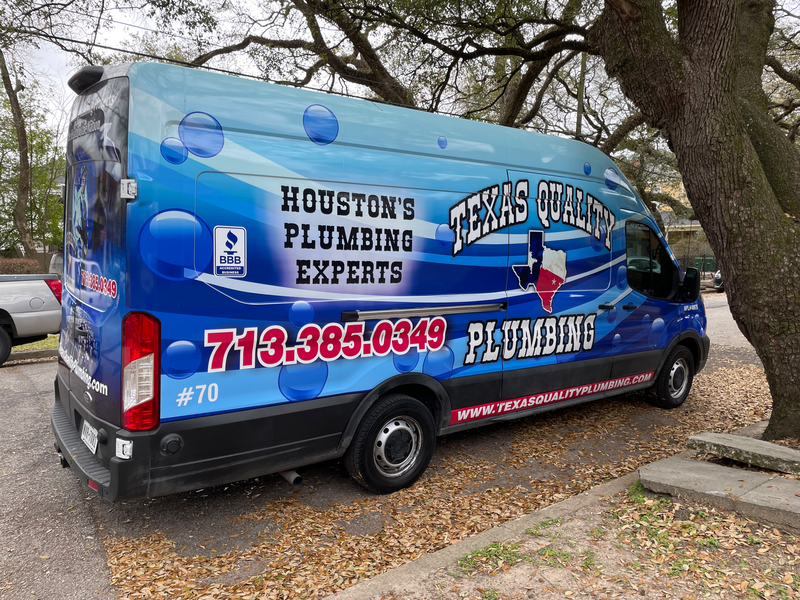
4. Last Resort: Call a Plumber
If the methods above still don’t fix your issue, or the tub is still draining slowly, it’s time to call a plumber. There might be something else at play that may potentially be causing this issue, and a professional will be more knowledgeable and better equipped to get your drain flowing like new.
